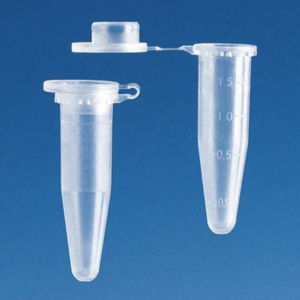Auto Body is a $30 billion industry that involves repair and maintenance. The process typically begins with disassembly and then reassembly of the vehicle.
Most auto body shops offer a variety of materials and parts. Some use refurbished or salvaged parts to save money. Contact Juanito’s Auto Body now!

Car paints fade over time due to age and environmental factors. To ensure the new paint matches, technicians often use a device called a spectrophotometer.
The Art of Craftsmanship
Auto body repair is a fine art that involves restoring your car to its pre-accident condition. It requires a high level of knowledge about vehicle design and construction, as well as advanced technology, to achieve flawless results. From repairing damaged body panels to matching paint color, each aspect of the repair process is executed with care and precision. A professional auto body shop can restore your vehicle’s appearance and functionality, giving you the confidence to drive again.
A skilled craftsman is an artist who combines skill, precision, and passion to create something that is truly unique. Car manufacturing is a perfect example of craftsmanship in action, as it is a harmonious blend of aesthetics and engineering principles. The intricate details and handcrafted elements in a vehicle elevate its overall quality and beauty, reflecting the skill and precision of the artisans involved.
A professional auto body repairer works with a wide range of tools and equipment to perform their job. They may work in a well-organized and spacious repair facility with designated areas for different types of tasks. The shop floor is often equipped with specialized tools such as frame straightening machines, welding equipment, and paint booths. These tools allow auto body repair technicians to carry out their repairs quickly and efficiently.
One of the most important parts of a vehicle is the frame. Its structure is critical for the safety of the driver and passengers. Frames can be damaged in accidents, and the repair process may take days or weeks. A skilled auto body repairer will use laser frames diagnostic systems to ensure that the frame is straight and aligned with factory standards.
After the frame is repaired, the technician will focus on refinishing and painting the vehicle. They will use a variety of tools and techniques to match the original paint color, including sanding, priming, sanding, and spraying. Auto body repairers must have good manual dexterity and attention to detail to carry out these tasks.
When you visit a luxury auto body repair shop, the technicians will be dedicated to the restoration of your car’s appearance and performance. They will use the finest materials and advanced technology to ensure that your vehicle looks as beautiful as it was when it left the factory. They will also go the extra mile to make sure that your car is safe and secure on the road. This includes repairing any mechanical damage and conducting thorough inspections to ensure that everything is working as it should.
The Healing Process
Auto Body repairers are responsible for the final touches on a vehicle. They paint and refinish the repaired areas to match the original color of the vehicle, using a wide range of techniques, spray guns, and other equipment. They also install the repaired or replacement parts, such as trims, moldings, lights, mirrors, and other components. They coordinate with insurance providers to ensure that the cost, scope, and deductible of repairs are aligned with insurer terms. They also prepare surfaces by sanding, grinding, or applying filler material as needed.
The collision repair process can be stressful and challenging. Educating yourself on what to expect from auto body repairs can help ease some of the burden.
The Mental Health Benefits
The intricate process of restoring vehicles to their original state offers a therapeutic appreciation of craftsmanship. Embracing the meditative creation of each meticulous step, from sanding to painting, cultivates mindfulness, promoting stress relief and emotional healing. By allowing individuals to immerse themselves in the transformational journey, auto body repair also promotes personal growth by encouraging individual empowerment through the act of self-restoration.
The unique correlation between hands-on repairs and cognitive enhancement reveals intriguing implications for mental health. Regular exposure to a diverse range of repair issues enhances critical thinking skills by challenging individuals to develop effective problem-solving strategies. Enhanced spatial awareness through the interaction with complex machinery bolsters visual perception and hand-eye coordination. Lastly, the need for innovation to address unique repair problems cultivates creative thinking by encouraging individuals to think outside of the box.
Furthermore, the development of a therapeutic workspace environment in auto body shops supports stress management by promoting relaxation techniques and mindful activities for both customers and staff. In addition, clear communication and empathetic support reduce the anxiety that often accompanies vehicle repair, supporting individuals to maintain a healthy perspective while waiting for their vehicle to be restored. As a result, expert auto body care not only provides a safer driving experience by ensuring the structural integrity of cars, but it fosters mental well-being for a more balanced lifestyle.






